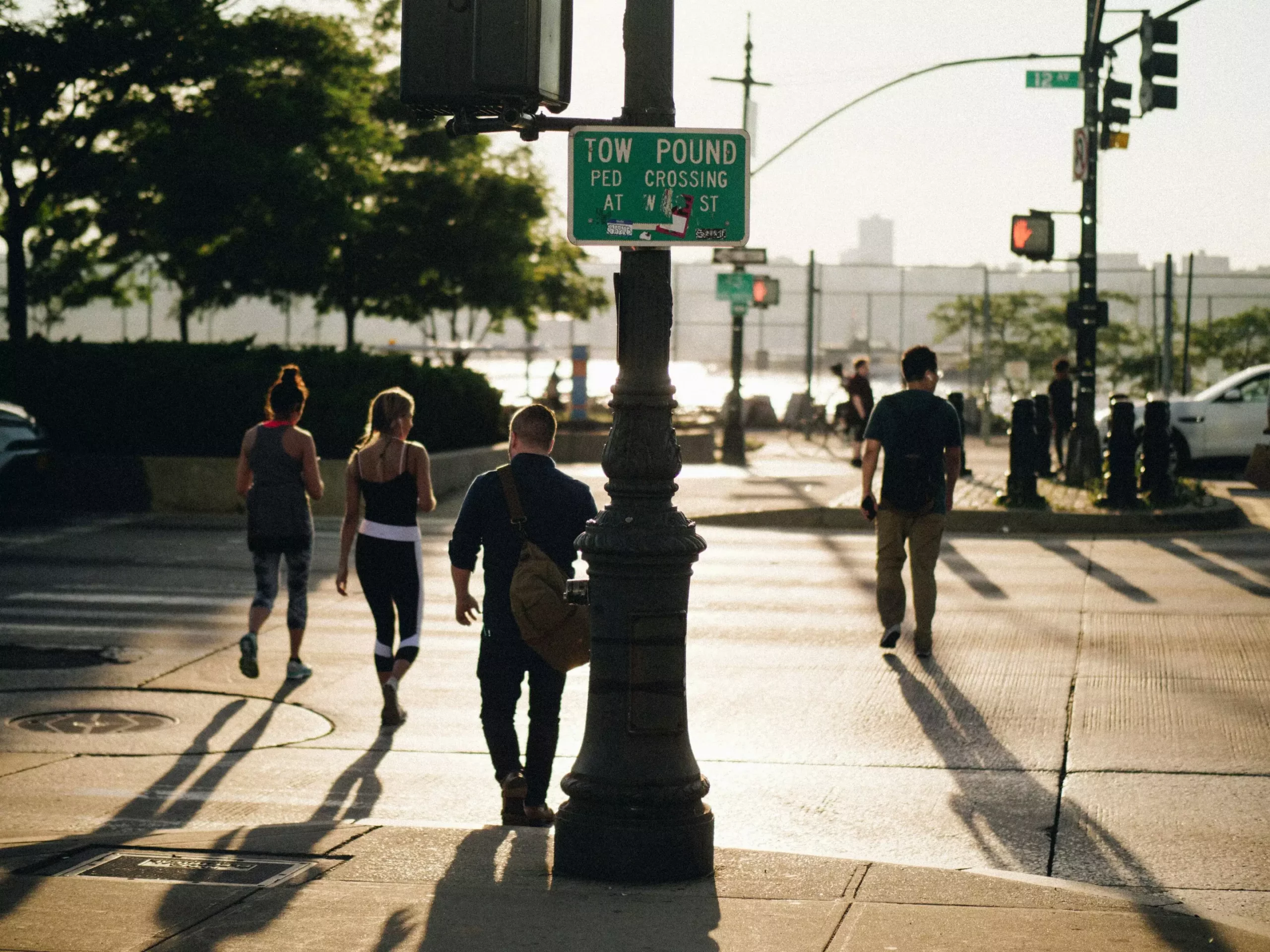In an innovative study released on September 25, researchers from the University of Birmingham have proposed a novel approach to addressing the deleterious effects of non-exhaust vehicle emissions on pedestrians and cyclists. Utilizing physics-informed virtual reality (VR), the research sheds light on the often invisible particles released from road wear, tire degradation, and brake systems. By providing an immersive educational experience, the study seeks to empower urban dwellers, city planners, and policy makers with the knowledge needed to navigate their environments more safely.
The Significance of Non-Exhaust Emissions
Despite the ongoing transition to electric vehicles, conventional vehicles continue to emit harmful particulates. These particles—including PM2.5—pose significant health risks, contributing to chronic respiratory issues and other serious health concerns. The University of Birmingham’s research emphasizes that it is not just the visible pollutants that we must worry about, but also the invisible emissions, which include fine particles that can linger in the air and infiltrate human lungs. By acknowledging the nuances of urban pollution sources, the research highlights an urgent need for increased public awareness about air quality.
To create a compelling representation of air pollution patterns, the researchers employed detailed computational fluid dynamics (CFD) models. These simulations enabled the visualization of particulate matter dispersion that typically goes unnoticed. The immersive VR sessions conducted in Birmingham’s busy city center revealed stark realities: individuals were able to interactively witness the moments when pollution levels spiked, particularly during critical instances such as braking at traffic lights. This realization could lead to smarter decisions about route planning and timing, effectively reducing exposure to harmful emissions.
An intriguing finding from the study is that pedestrian crossings, bus stops, and cycle lanes often coincide with high exposure zones. Most notably, the analysis indicated that these locations tend to be situated near braking points of vehicles, where pollutant dispersal is at its peak. This critical insight can inform urban planning strategies that aim to mitigate health risks to vulnerable road users by reconsidering the placement of transport infrastructure.
The broader implications of this research extend beyond individual actions; it invites a fundamental rethinking in urban design. Dr. Jason Stafford, the principal investigator, advocates for the integration of these findings into city planning processes, emphasizing the importance of cleaner air for public health. As cities continue to expand, prioritizing pedestrian and cyclist safety in relation to pollution exposure could foster healthier, more sustainable urban environments.
The pioneering use of VR technology in revealing the hidden dangers posed by non-exhaust vehicle emissions represents a paradigm shift in public health and urban planning. By harnessing computational models and immersive simulations, cities can empower individuals and decision-makers to make informed choices that enhance safety and well-being. As we drive toward a greener future, understanding pollution pathways and integrating this knowledge into city infrastructure will be paramount in reducing the health burdens associated with urban living.


Leave a Reply